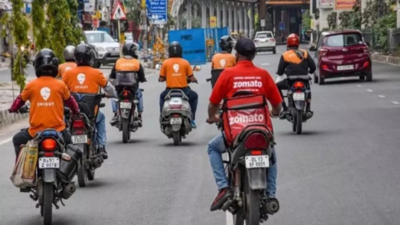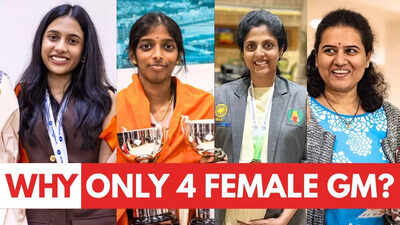Social security cover up from 24% in 2019 to 64%: ILO report

NEW DELHI: India now provides social protection to around 94 crore citizens, with coverage rising to 64.3% of the population from 24.4% in 2019, according to International Labour Organisation’s World Social Protection Report. While asserting that India now ranks second globally in terms of social security access, labour minister Mansukh Mandaviya said, “There are millions more who are receiving non-cash coverage through various food and health security schemes.”At International Labour Conference in Geneva, the Union minister said a massive exercise is under way to register gig workers so that targeted benefits and social protection can be offered to them.Have acted to bring gig workers into mainstream: Govt ILO periodically conducts assessments among its member countries to evaluate social security coverage, which includes nine categories – health protection, sickness benefit through earnings replacement, old age pension, unemployment benefit, employment injury benefit, family and child benefits, maternity benefits, disability benefits and survivors’ benefits. “India has taken concrete steps to bring gig and platform workers into the mainstream. With India’s gig workforce projected to reach 23.5 million by 2030, we must preserve the flexibility that defines this sector. India believes in a measured, evidence-based approach to standard-setting in a form that preserves the innovative character of platform work while progressively enhancing working conditions,” labour minister Mansukh Mandaviya said. While social security access expanded, India also figured prominently in another report that estimated that globally, there were 138 million still trapped in child labour, including 54 million in hazardous work.India remained among countries with a significant burden. Over 10 million children aged 5-14 were officially estimated to be in labour, Unicef and ILO report said. Activists believe the actual number could be higher, particularly in informal sectors such as agriculture, construction, family-run enterprises, and domestic work.




